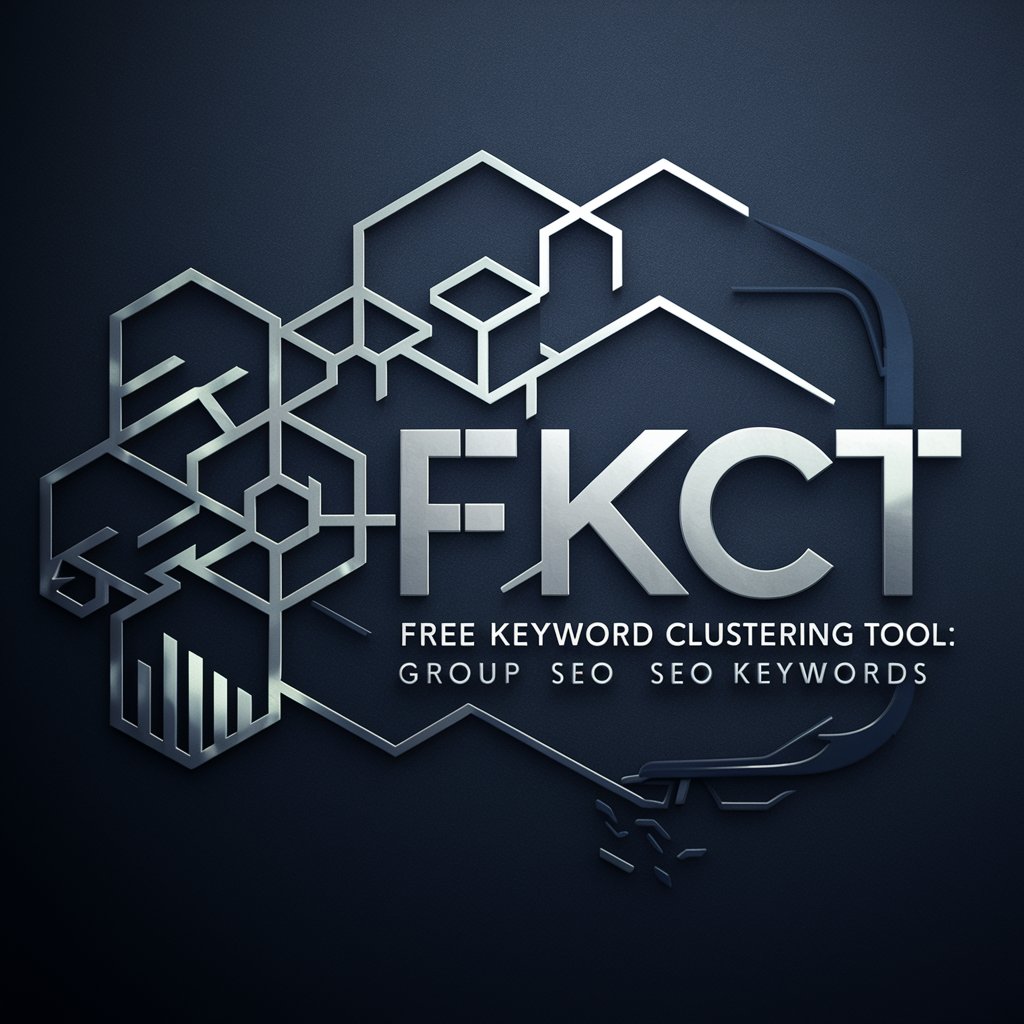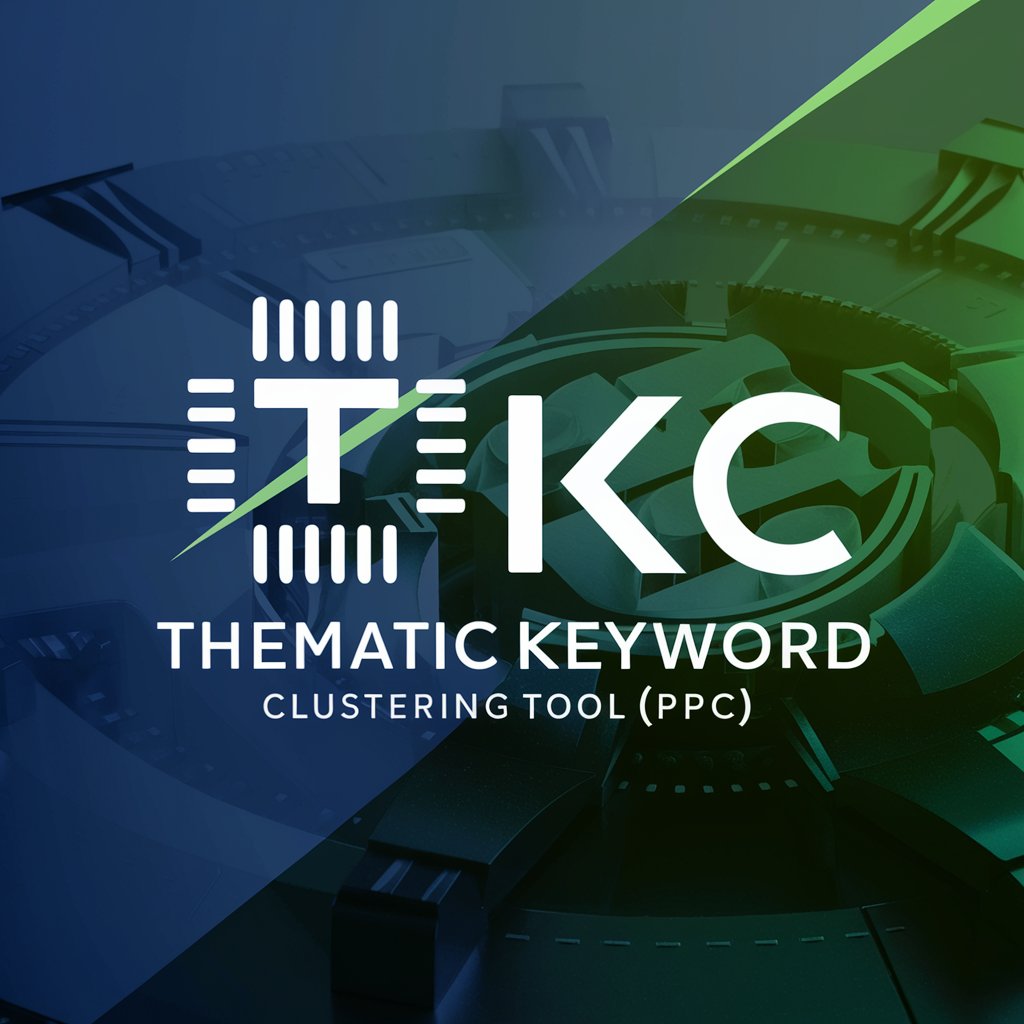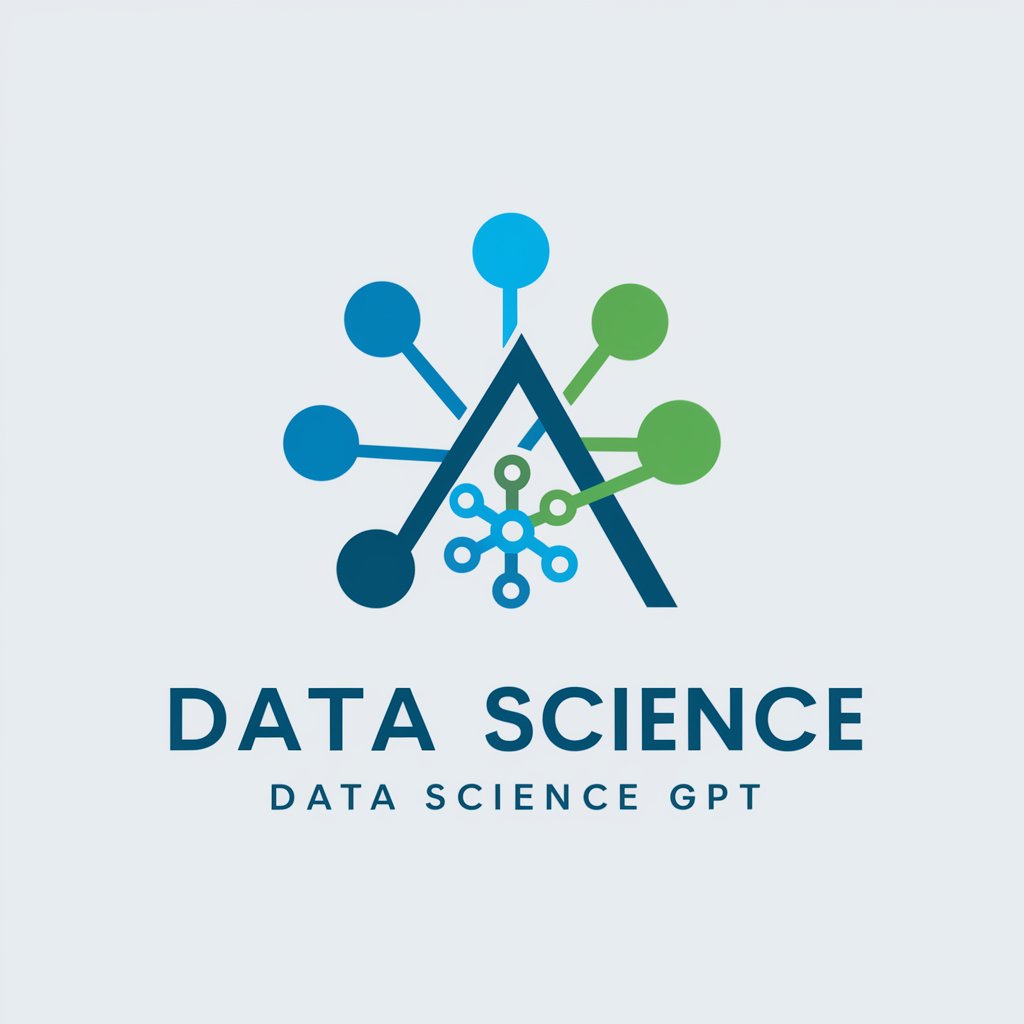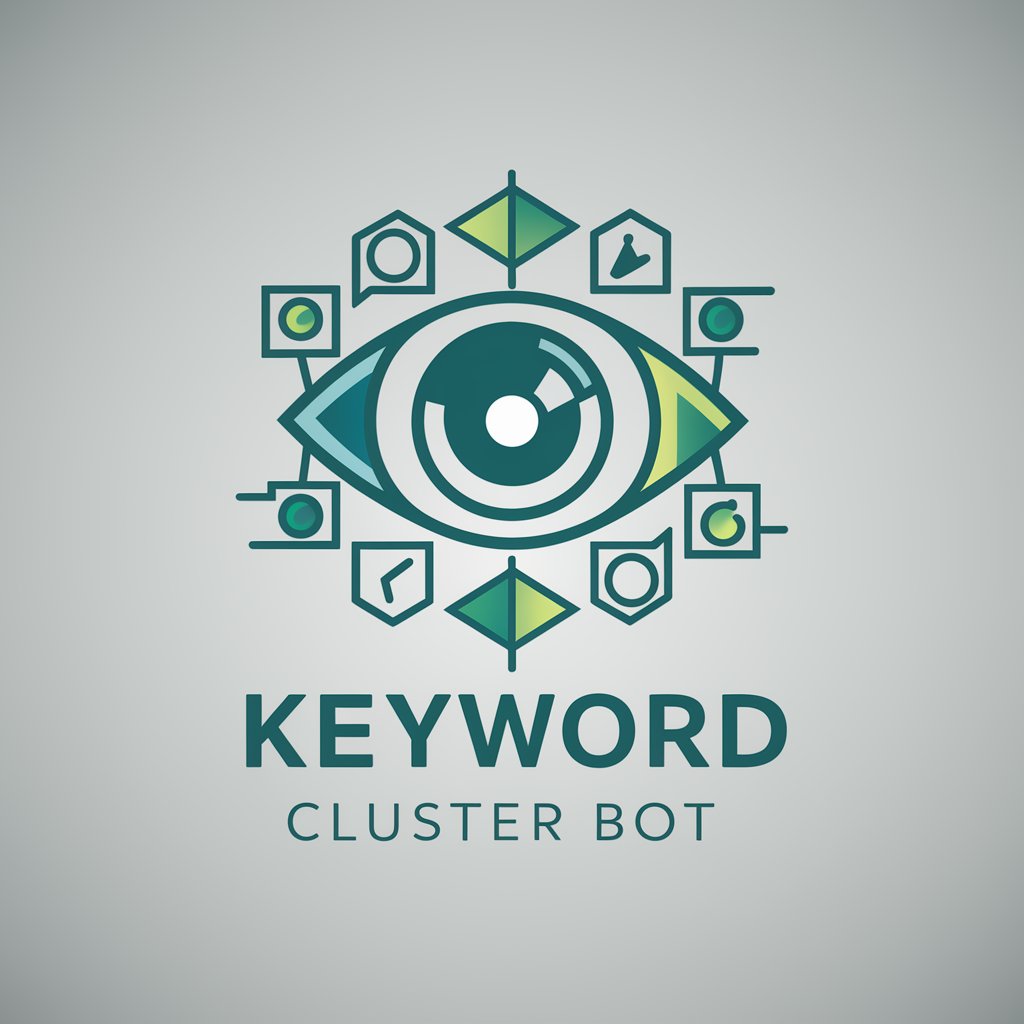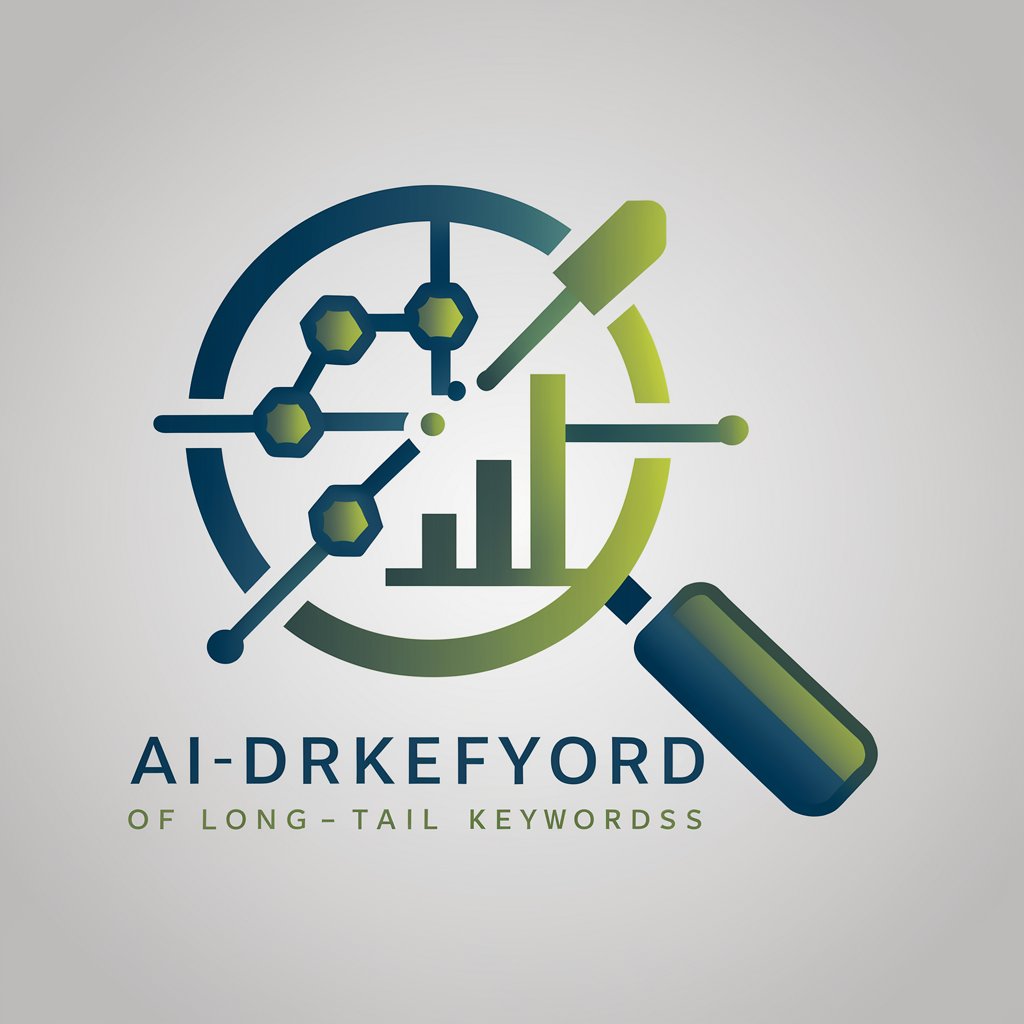
Text Clusterer - Text Clustering and Analysis
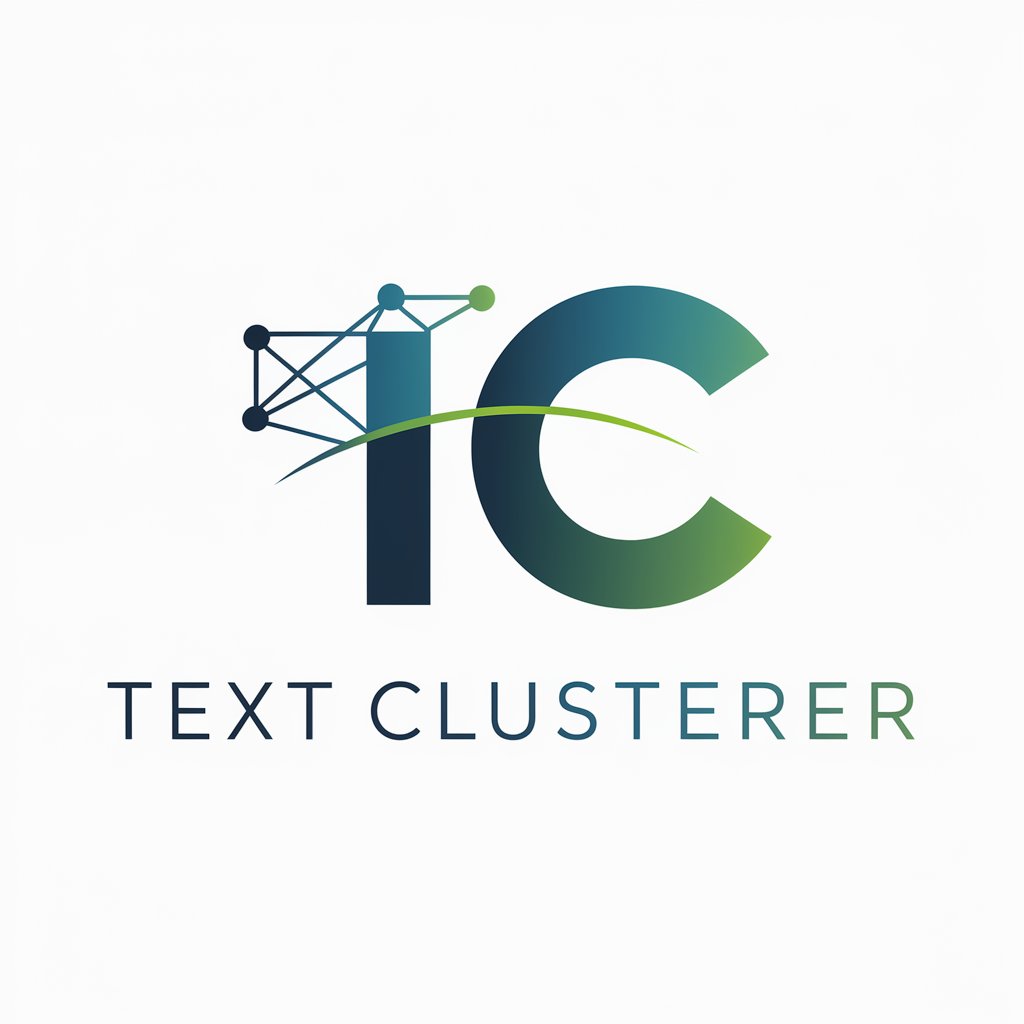
Welcome to Text Clusterer! Let's analyze your text.
Discover insights with AI-powered text analysis
Analyze and cluster the following text samples to identify common themes and topics:
Conduct topic modeling on the uploaded text files to determine the main subjects discussed:
Guide me through the process of preparing and clustering a set of text documents for analysis:
What insights can be derived from clustering these text samples based on their content?
Get Embed Code
Overview of Text Clusterer
Text Clusterer is a specialized tool designed for analyzing and clustering text data to reveal underlying patterns, topics, or themes. It employs sophisticated algorithms to process a collection of text samples, organizing them into clusters based on similarity. This process not only helps in discovering the main topics within a large dataset but also assists in identifying relationships between texts that might not be immediately obvious. For example, given a set of news articles, Text Clusterer could categorize them into clusters such as politics, sports, and technology, based on the content of each article. The design purpose of Text Clusterer is to simplify and automate the process of text analysis, making it accessible to users who may not have a background in data science but are in need of extracting meaningful insights from textual data. Powered by ChatGPT-4o。

Core Functions of Text Clusterer
Text Clustering
Example
Grouping customer feedback into categories such as service quality, product features, and pricing for a company to easily identify areas of improvement.
Scenario
A business collects thousands of customer feedback messages. Text Clusterer analyzes the feedback and clusters it, allowing the company to focus on specific areas for enhancing customer satisfaction and operational efficiency.
Topic Modeling
Example
Identifying common themes in a collection of academic papers to assist in literature review.
Scenario
An academic researcher is faced with hundreds of papers on environmental science. Using Text Clusterer, the researcher can quickly find the dominant topics across these papers, facilitating a more structured and efficient literature review process.
Trend Analysis
Example
Analyzing social media posts over time to identify emerging trends in public opinion on a new product.
Scenario
A marketing team wants to understand public perception of their new product launched three months ago. Text Clusterer processes social media data to show how opinions have evolved, highlighting potential areas for product improvement or marketing focus.
Who Benefits from Text Clusterer?
Market Researchers
Professionals in market research can use Text Clusterer to analyze customer feedback, survey responses, or social media chatter to uncover trends, preferences, and areas for product or service innovation.
Academic Researchers
Researchers working with large volumes of textual data, such as academic papers, grant applications, or historical documents, can benefit from Text Clusterer by quickly identifying prevalent themes or gaps in the literature.
Content Managers
Content managers and digital marketers can use Text Clusterer to understand the landscape of content within their domain, helping them to create more targeted and effective content strategies based on trending topics and audience interests.

How to Use Text Clusterer
Initiate Your Free Trial
Head to yeschat.ai to start your free trial instantly, with no need to sign up for ChatGPT Plus or any login requirements.
Upload Your Text
Prepare and upload your text documents directly on the platform. Ensure texts are clean and free from non-relevant elements for optimal clustering results.
Select Your Analysis
Choose the type of text analysis you require, such as topic modeling, sentiment analysis, or text clustering, depending on your specific needs.
Customize Your Settings
Adjust settings like the number of clusters, language, and analysis depth to tailor the process to your text's specific characteristics and your objectives.
Review and Apply
Examine the analysis results, which include clusters, key topics, and insights. Apply these findings to your project, research, or content strategy as needed.
Try other advanced and practical GPTs
✨ Tidy Guide ✨
Streamline your space with AI-powered organization.
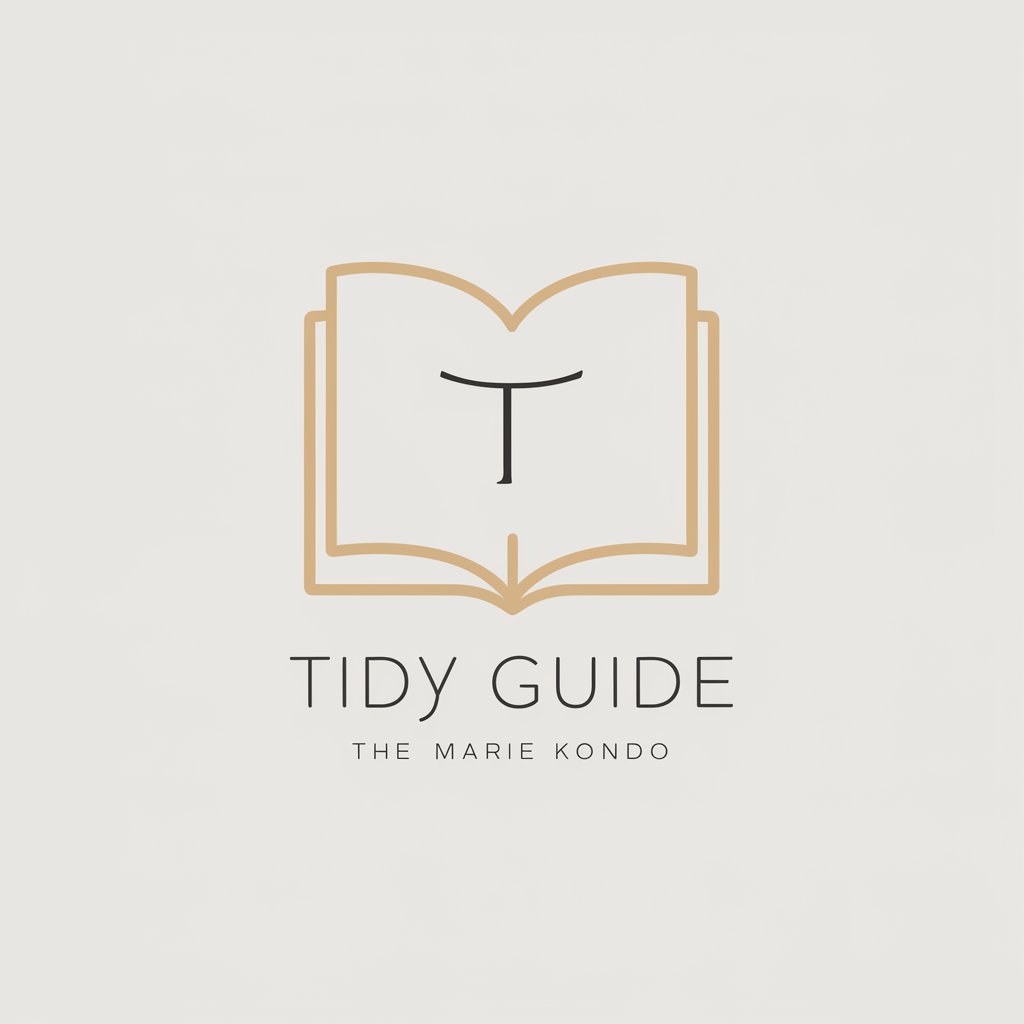
News Extractor
Streamlining News Insights with AI

ElectroPhore Guru
Optimize your electrophoresis experiments with AI.

Van Convert Pro
Transform your van with AI-powered insights

Wellness Navigator
Empowering your wellness journey with AI

Camper Freak
Empowering your camper journey with AI

Akane
Chat with personality, powered by AI.

Professor Lives
Elevate Your Game with AI-Powered Revomon Strategies

Oliver Op de Beeck
Empowering your business journey with AI insights

Oliver
Empowering game design with AI-driven insights

Diaper Dynamo
Empowering Modern Parenting with AI
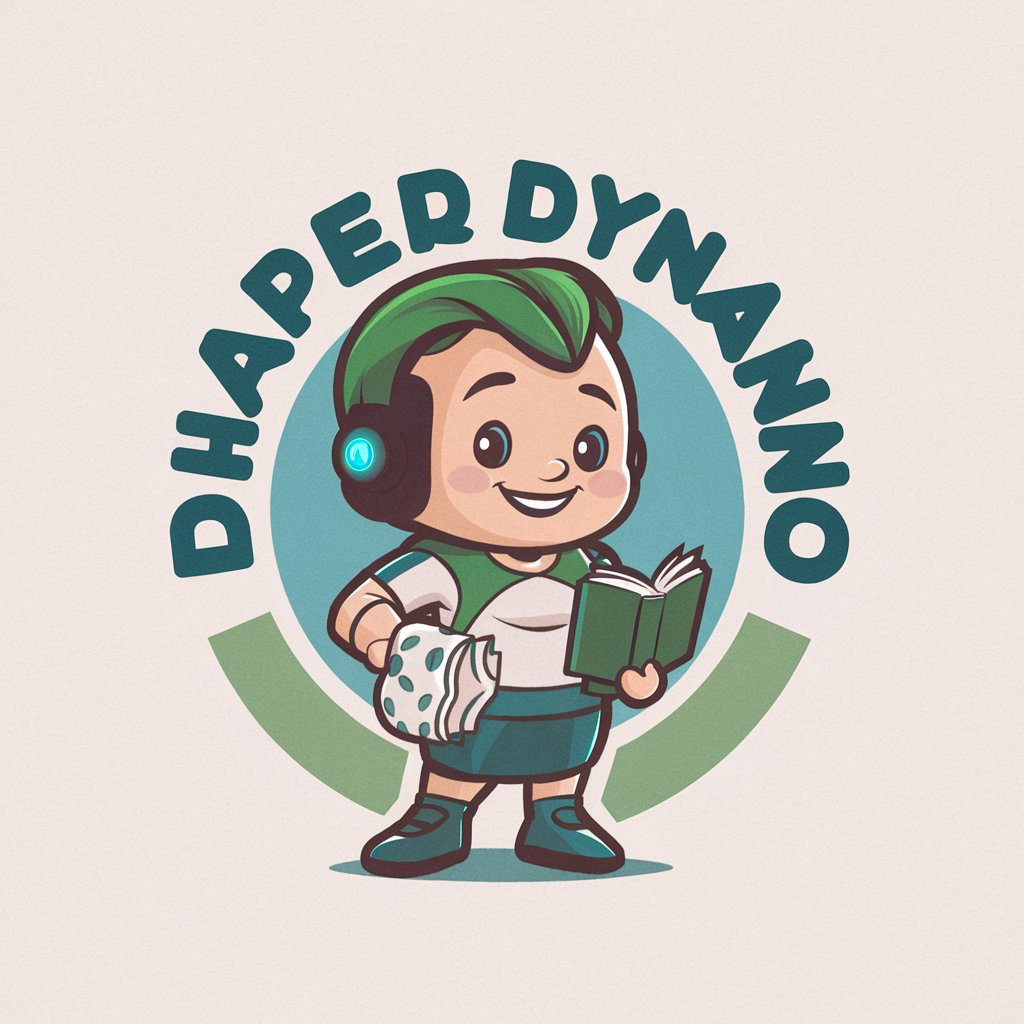
Diaper Dad Extraordinaire
Transforming parenting with humor and agility.

Frequently Asked Questions About Text Clusterer
What types of text can Text Clusterer analyze?
Text Clusterer is versatile and can analyze a wide range of text types, including academic papers, business reports, social media posts, and more. It excels with textual data that is rich in content and requires thematic or sentiment analysis.
How does Text Clusterer handle different languages?
Text Clusterer is equipped to handle multiple languages, providing accurate clustering and analysis by employing advanced natural language processing techniques tailored to the specific syntax and semantics of each language.
Can Text Clusterer identify emerging themes in a collection of documents?
Yes, one of the core strengths of Text Clusterer is its ability to identify and cluster emerging themes and topics within a large collection of documents, making it invaluable for research and trend analysis.
Is Text Clusterer suitable for analyzing customer feedback?
Absolutely. Text Clusterer can analyze customer feedback to identify common sentiments, opinions, and issues, enabling businesses to make informed decisions based on customer insights.
How can I ensure the best results with Text Clusterer?
For optimal results, ensure your text is well-organized and relevant to your analysis goals. Customize the analysis settings to suit your specific project, and consider refining your data based on the initial insights provided by Text Clusterer.
